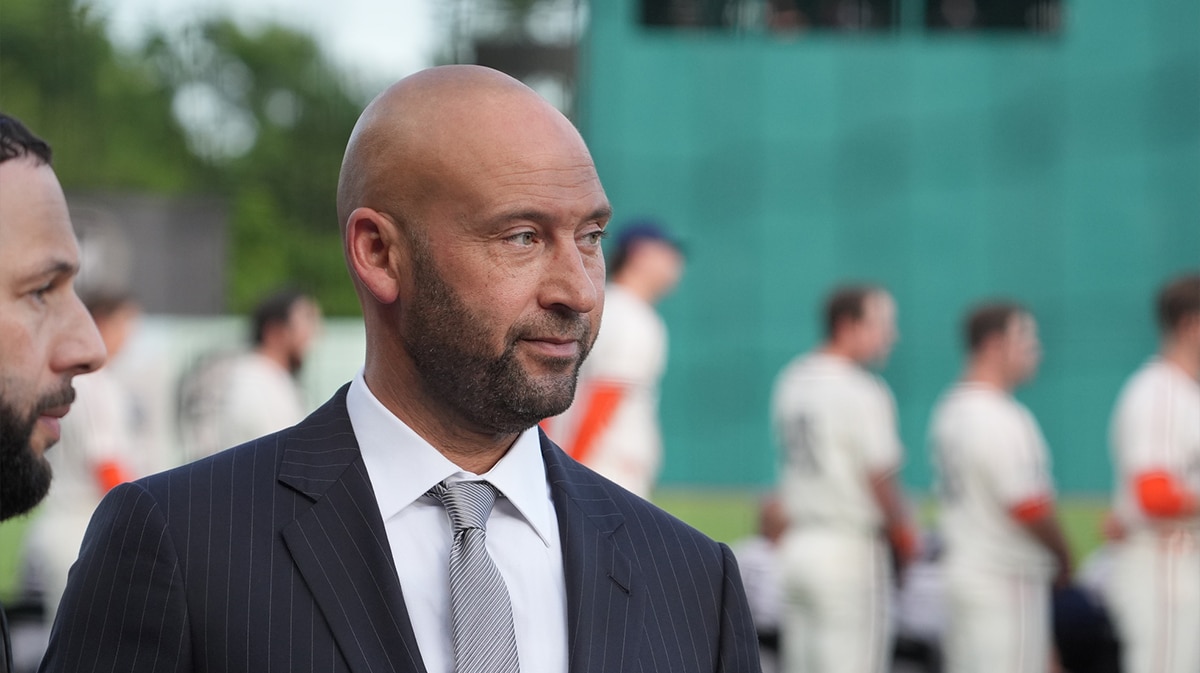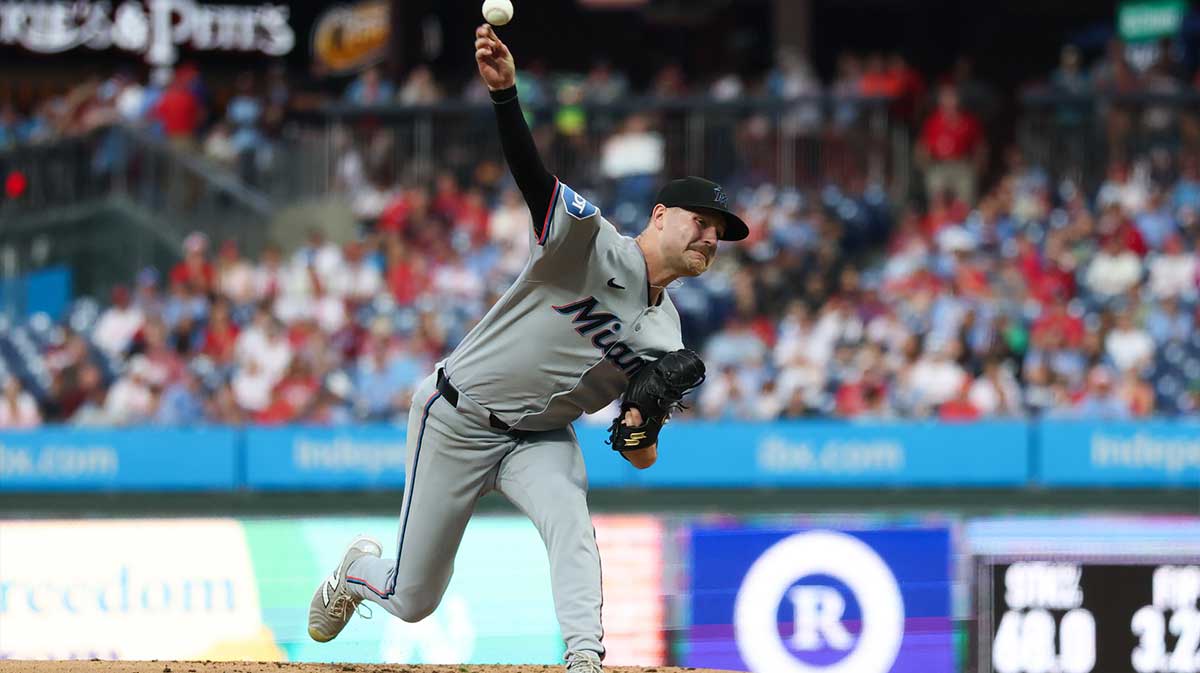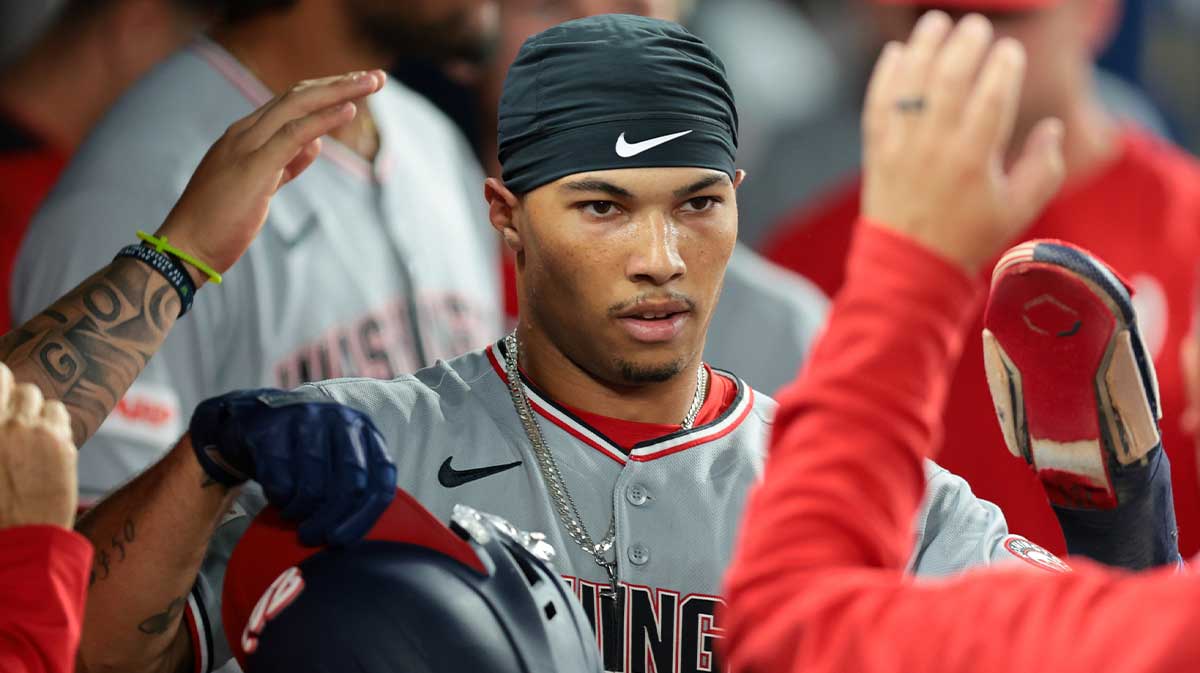In an era not long ago, the MLB batting average was considered by some as the standard measurement for a major league hitter. However, with the advent of analytics and the proliferation of statistics, the sport has been transformed. Nevertheless, in the midst of this data-driven revolution, a reminder emerges in the form of Miami Marlins infielder Luis Arraez: the significance of batting average has not faded into the past; it remains just as crucial in the current form of baseball.
Is batting average a thing of the past?
Whether through Michael Lewis' book about the inventor of Sabermetrics, Bill James, and his influence on the 2002 Oakland Athletics, or Brad Pitt's portrayal of the romanticism of baseball in the film adaptation, we are all familiar with the Moneyball story. However, can we still find romance in baseball when it is approached pragmatically?
It is true that desperation creates a breeding ground for creativity. The 2002 A's, driven by desperation, pioneered innovative approaches. However, as with many creations, they have been replicated and normalized, shaping the current state of baseball and perhaps undervaluing players like Arraez.
The modern MLB presents a staggering volume of statistics to be accounted for. Some argue that this overwhelming abundance has had a detrimental impact on the watchability of the game. Statistical analysis has become increasingly relied upon to the extent that the core excitement of simply witnessing the ball in play has, at times, been shifted away from. The emphasis now lies on percentages and data-driven strategies, overshadowing the pure joy of raw athletic performances and the artistry of hitting.
The measurement of a baseball player has undergone drastic changes in the past two decades, complicating while simultaneously simplifying the definition of a good player. Two decades ago, a player like Arraez, currently batting .400, might have been considered the best player in baseball solely based on his batting average. Today, he is viewed as another solid hitter.
Ted Williams, Tony Gwynn not relevant to new baseball?
We now live in an era that extends far beyond traditional slash lines, where metrics like OPS take precedence. To be a great offensive player in the league today, it is not solely about getting a hit; it is about getting on base and positioning oneself to score runs. Advanced analytics such as exit velocity, BABIP, and others have made it difficult to argue against their relevance. However, overlooking what was once considered a barometer for great hitters negates the accomplishments of current players like Arraez and even attempts to look over the history of players from the past.
The realm of great hitters and supreme batting averages may be reserved for a bygone era. Ted Williams, who still holds the single-season batting average record at .406, and Tony Gwynn are revered figures but may no longer be sought out for imitation. Part of this shift can be attributed to their staggering numbers, which make achieving such records highly unlikely.
It has been 81 years since Williams hit .406, and the only player to come close to his record was Gwynn in 1994 with .394. What is even more remarkable about Williams' record is that hitting .400 in a single season had been done 28 times before. However, even then, baseball was changing.
Luis Arraez still impresses with .400 in modern day
What makes Arraez's current hitting prowess so impressive is that he is achieving it during a time when hitting is arguably at its most difficult. Pitchers now possess overwhelming mechanics, precision, with an aresenal of pitches. There are certain types of pitches today that even the greatest hitters of all time, including Williams and Gwynn, may have struggled with had they been available in their time. Modern baseball introduces challenging pitches like “chase breaking pitches” and deceptive offerings such as ghost fork pitches. Hitters are at a clear disadvantage compared to their counterparts from the past.
While Gwynn was known for his superb hitting, he was equally recognized for his extreme plate discipline. The most strikeouts he ever had in a single season was 40, and that was during his rookie year. It is reasonable to assume that even a disciplined hitter like Gwynn would have seen an increase in strikeouts in the current era. However, this is an area in which Arraez currently excelling at, setting him apart as one of the best hitters in the game.
In five seasons, Arraez's single-season strikeout record was 48 in 2021. Currently, he has only 15 strikeouts in 282 plate appearances, which is best in the league. Limiting strikeouts and consistently getting hits go hand in hand. But looking further into his numbers, Arraez's performance offers ample reason for admiration, even if batting average alone is not considered a glamorous statistic anymore. Looking beyond his slash line—.400/.450/.490—he ranks sixth in the league in OPS (.941), first in hits (102), and first in BABIP (.417).
Batting average should not be considered a thing of the past. Although it may have been pushed aside due to its individualistic nature, which places more emphasis on the progress of individual players rather than the team, Arraez proves that batting average, especially hitting .400, is not only an individual feat but also a significant contribution to the team. The Miami Marlins, with Arraez's stellar performance, are alive this season, trailing the Atlanta Braves by only 4.5 games in the NL East, in large part due to Arraez's impressive bat.
At not even the midway point of the season, Arraez still has a challenging journey ahead if he aims to match the legendary records set by Williams and Gwynn. However, his remarkable performances place him on the cusp of competing for one of the greatest feats and records in the history of the sport. With each at-bat, Arraez showcases the potential to etch his name alongside the greats of baseball, leaving fans eagerly anticipating his next swing and inching closer to witnessing a truly historic achievement.



















